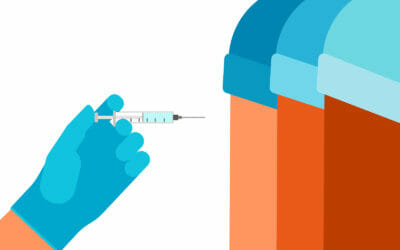
The Foot Facts
First things first, you don’t have to be an athlete to catch this foot fungus. Almost anyone, who often wears closed-toed shoes, can be at risk of developing an athlete’s foot. Medical News Today briefs, “Athlete’s foot is a fungal infection that affects the upper layer of the skin of the foot…” Overextended time, if untreated, the fungus infection can escalate in warm moist environments, causing more discomfort and irritation. The athletes’ foot is an infection that can found lingering in clothes and on public floors such as locker rooms, bathrooms, spas, and swimming pools. Although it is a harmless infection, it can look and feel unappealing.
Keep your feet to yourself
According to the National Center for Biotechnology Information (NCBI), you’ll first notice irritation or stinging between your toes; from progression, that area of the skin can become soggy and white. Prolonging treatment will cause the overall foot to develop agonizing blisters and scaly skin. NCBI’s research results enlighten that “15% to 25% of people are likely to have athlete’s foot at any one time.” Estimated by the UK poll, “…athlete’s foot is present in about 15% of the general population.” By staying aware of various ways the infection can spread, it can aid in support to continue lowering the number of infected individuals.
Some cases incorporate:
- Hands – If you touch, pick or scratch infected area, you risk spreading the infection to your hand and possible to others.
- Groin – the bacteria originated from Athlete’s foot can transmit to your groin by your hands, towels, or bed.
- Sharing – you can spread or contract the foot fungus from an infected person by sharing shoes or socks.
The athlete’s foot infection is highly contagious; there is a great risk to easily spreading to other parts of your body and to others, especially, in community environments. Until the infection is completely treated, if possible, limit contact and sharing with co-workers, friends, or family; avoid walking barefoot around your home or public facilities to prevent spreading.
According to emedicalhealth, if the rash takes longer than two weeks to resolve after over-the-counter antifungal medications; consult with a doctor to receive the best treatment option for you.



